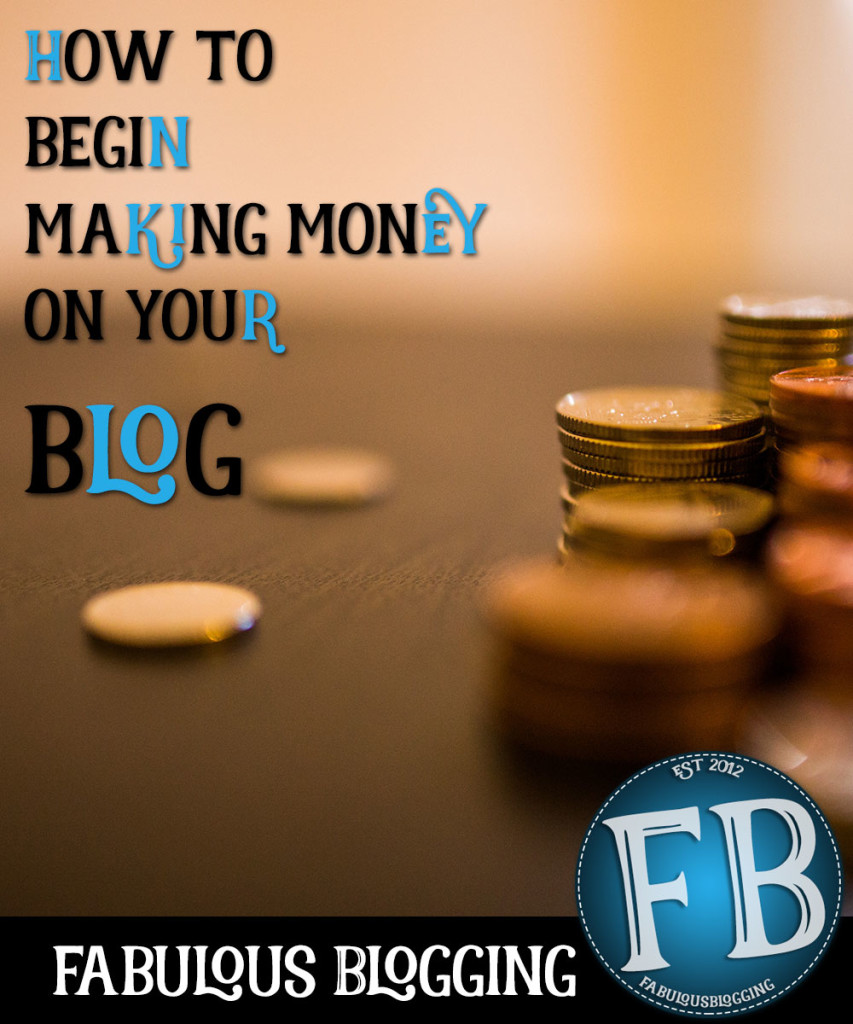With a title like that, I should prepare you for a very long post ahead! But I want to break it down so the blog to business jump doesn’t seem so overwhelming. This post is primarily for bloggers who are not making any money yet. Zilch. Zero. Zadda. And you are overwhelmed at the process involved.
Consider this the introduction to monetization! Over the next few weeks, I’ll be diving into more detail about all these steps, so be sure and subscribe to my site so you know when new posts are published!


Prepare to make money even if you aren’t yet
I’m a big fan of efficient and free blogging tools. I know there are hundreds of cool apps, book keeping software, tracking devices, etc. but as someone forever trying to keep overhead low, I rely on good ol’ Google Drive. It does everything I need and doesn’t cost a penny. Here is a checklist of things you should do to prepare for your blog to take the next step into monetizing (and there are tons of ways to monetize besides ads).
- Get a custom domain name – None of this http://mysite.blogspost.com or mysite.wordpress.com; it’s only a few dollars a year and will make you look so much more professional
- Get a custom email address – With a custom domain, you can have an email that is similar to your domain name (i.e. Julie@fabulousblogging.com)
- Get a Google Drive account – Which you should have if you have a Gmail address, a Google + profile, or a YouTube account already
- Put a privacy policy on your blog and link it in the footer – You can use a free privacy policy generator
- Open up a Paypal account – You’ll want a business bank account eventually, but for now, a Paypal account should suffice
- Make sure you are using Google analytics or Jetpack site stats – This way you can tell people how much traffic you are getting
- Get a Tax ID number if you don’t want to use your social security number

Start tracking expenses
As soon as your blog is monetized, you’ll have to pay taxes on your income. No one likes taxes (me especially) so it’s important you start collecting all your expenses and keeping record of them in a binder, folder, or in a Google spreadsheet. Here’s a list of the things I regularly track:
- Marketing – Premium subscriptions on software like Hootsuite, ViralTag, CoSchedule, etc.
- Paypal fees – Every time you get paid, Paypal takes a small percentage
- Traveling – Blog conferences, travel costs, food at events
- Software/Hardware – Programs on your computer, your actual computer itself, licensing fees, WordPress templates, PicMonkey, Photoshop
- Supplies – Toner, postage, storage space on Google drive or Dropbox, stock photography
- Training – Books, classes, e-books that you buy in order to further your skills and training
- Advertising – Facebook ads, Google ads, and any other way you try to get yourself out there
- Utilities – You can deduct a percentage of your mortgage/rent, electricity, cellphone, and Internet bills if you have a home office
The simplest way to keep up is to print out a receipt whenever you get one (or make a folder in your email that you store them in). Then at the end of the month, go through and add them up in a spreadsheet called expenses. Use your Paypal account for as many of the transactions as you can, so then it won’t mean having to sift through your personal bank accounts. You can also get a special credit card you use just for business.
Just a piece of advice about your Google Expense Sheet. You should include the following fields:
- Date
- Item Description
- Amount
- Category – Label it using one of the categories above (or create your own) so you can easily add up the expenses per category at the end of the year

Figure out the best way for you to begin monetizing your blog
As I said before, there are a host of ways you can start using your blog to make money. A few options are:
- Advertising networks – putting a banner on your sidebar that shows various ads – Here is a beginner’s tutorial for Google AdSense

- Private advertising – When you have other bloggers/businesses pay you for space on your sidebar – PassionFruit is a service that helps you set that up
- Affiliate programs – Affiliate programs can range from placing referral links in your content, to sidebar widgets featuring products, to full blown sponsored posts. Check out my post about how to get started with ShareASale.
- Downloads and e-books – In this case, you’re selling a product in the form of content. You can have people pay for worksheets, handbooks, etc. If you need a service to help you, DPD cart is a great way to sell downloads.
- Webinars or consultations – Do you provide a service either one on one or via a video? Are you planning to create some sort of class?
- Copywriting – You offer yourself as a guest blogger or ghost writer for various other sites
The biggest thing I can advise you to do, is to not lose hope if the money only drips in by the pennies at first. You’re building a foundation for future success remember! As this series gets underway, I’ll be writing more in depth about the various ways to make money on your blog.

